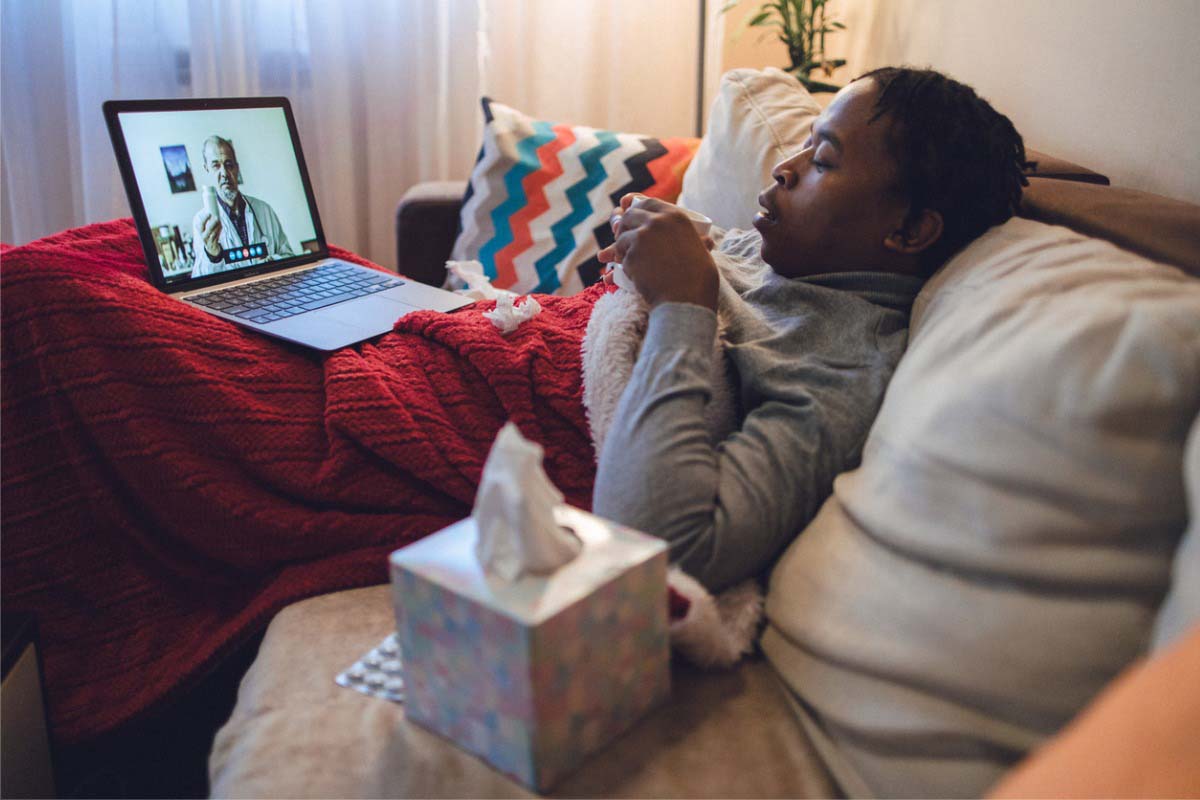Objective: To compare cognitive-behavioral therapy (CBT), panic-focused psychodynamic psychotherapy (PFPP), and applied relaxation training (ART) for primary DSM-IV panic disorder with and without agoraphobia in a 2-site randomized controlled trial.
Method: 201 patients were stratified for site and DSM-IV agoraphobia and depression and were randomized to CBT, PFPP, or ART (19-24 sessions) over 12 weeks in a 2:2:1 ratio at Weill Cornell Medical College (New York, New York) and University of Pennsylvania (“Penn”; Philadelphia, Pennsylvania). Any medication was held constant.
Results: Attrition rates were ART, 41%; CBT, 25%; and PFPP, 22%. The most symptomatic patients were more likely to drop out of ART than CBT or PFPP (P = .013). Outcome analyses revealed site-by-treatment interactions in speed of Panic Disorder Severity Scale (PDSS) change over time (P = .013). At Cornell, no differences emerged on improvement on the primary outcome, estimated speed of change over time on the PDSS; at Penn, ART (P = .025) and CBT (P = .009) showed greater improvement at treatment termination than PFPP. A site-by-treatment interaction (P = .016) for a priori-defined response (40% PDSS reduction) showed significant differences at Cornell: ART 30%, CBT 65%, PFPP 71% (P = .007), but not at Penn: ART 63%, CBT 60%, PFPP 48% (P = .37). Penn patients were more symptomatic, differed demographically from Cornell patients, had a 7.2-fold greater likelihood of taking medication, and had a 28-fold greater likelihood of taking benzodiazepines. However, these differences did not explain site-by-treatment interactions.
Conclusions: All treatments substantially improved panic disorder with or without agoraphobia, but patients, particularly the most severely ill, found ART less acceptable. CBT showed the most consistent performance across sites; however, the results for PFPP showed the promise of psychodynamic psychotherapy for this disorder.
Trial Registration: ClinicalTrials.gov identifier: NCT00353470
Members Only Content
This full article is available exclusively to Professional tier members. Subscribe now to unlock the HTML version and gain unlimited access to our entire library plus all PDFs. If you’re already a subscriber, please log in below to continue reading.
Please sign in or purchase this PDF for $40.00.
Already a member? Login





